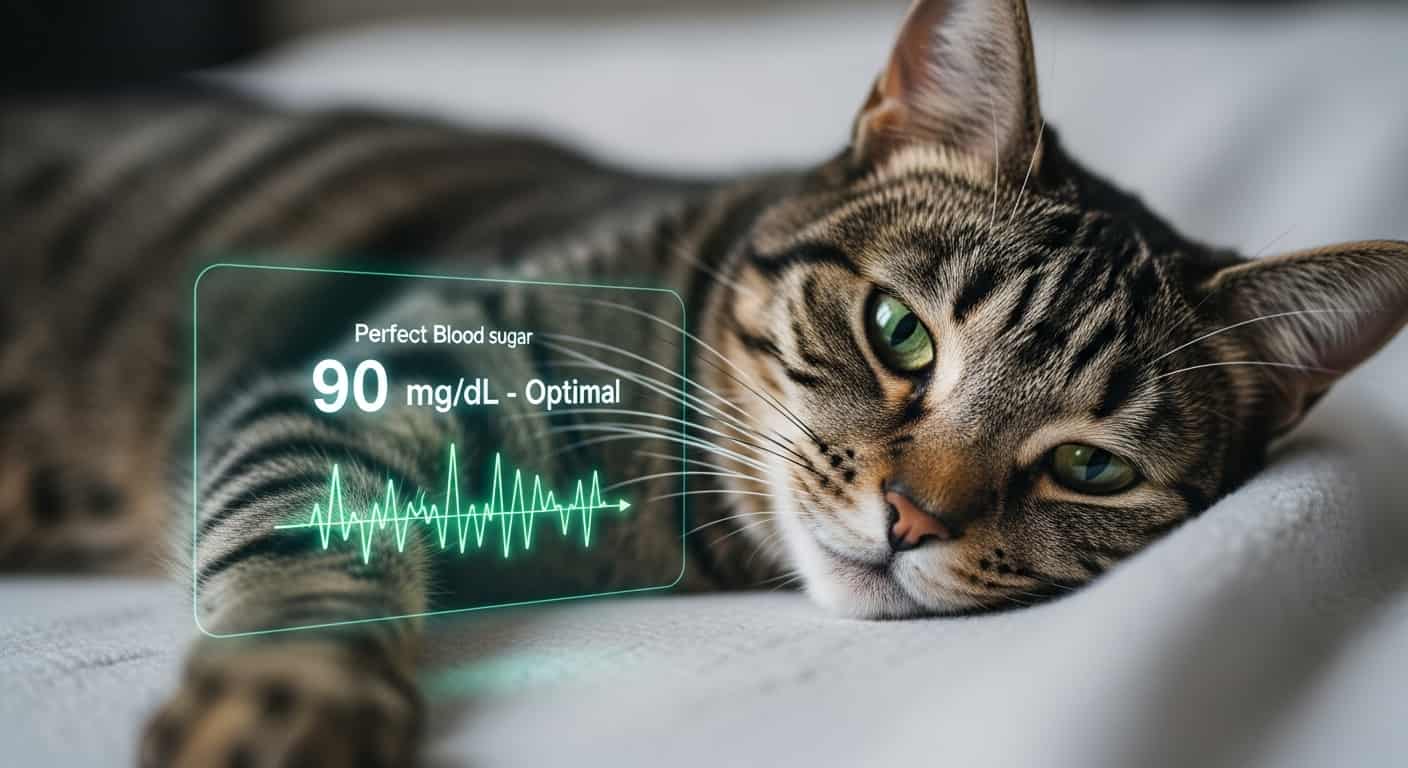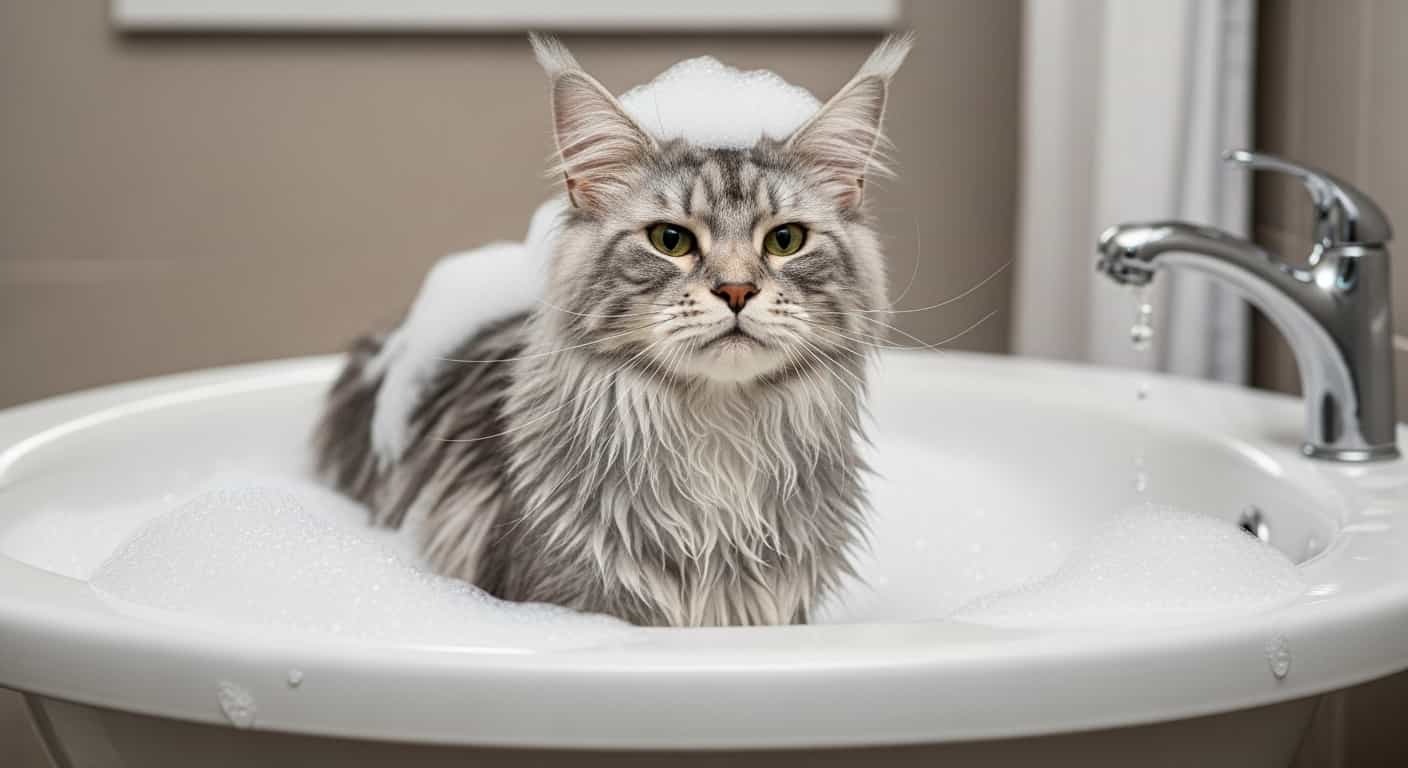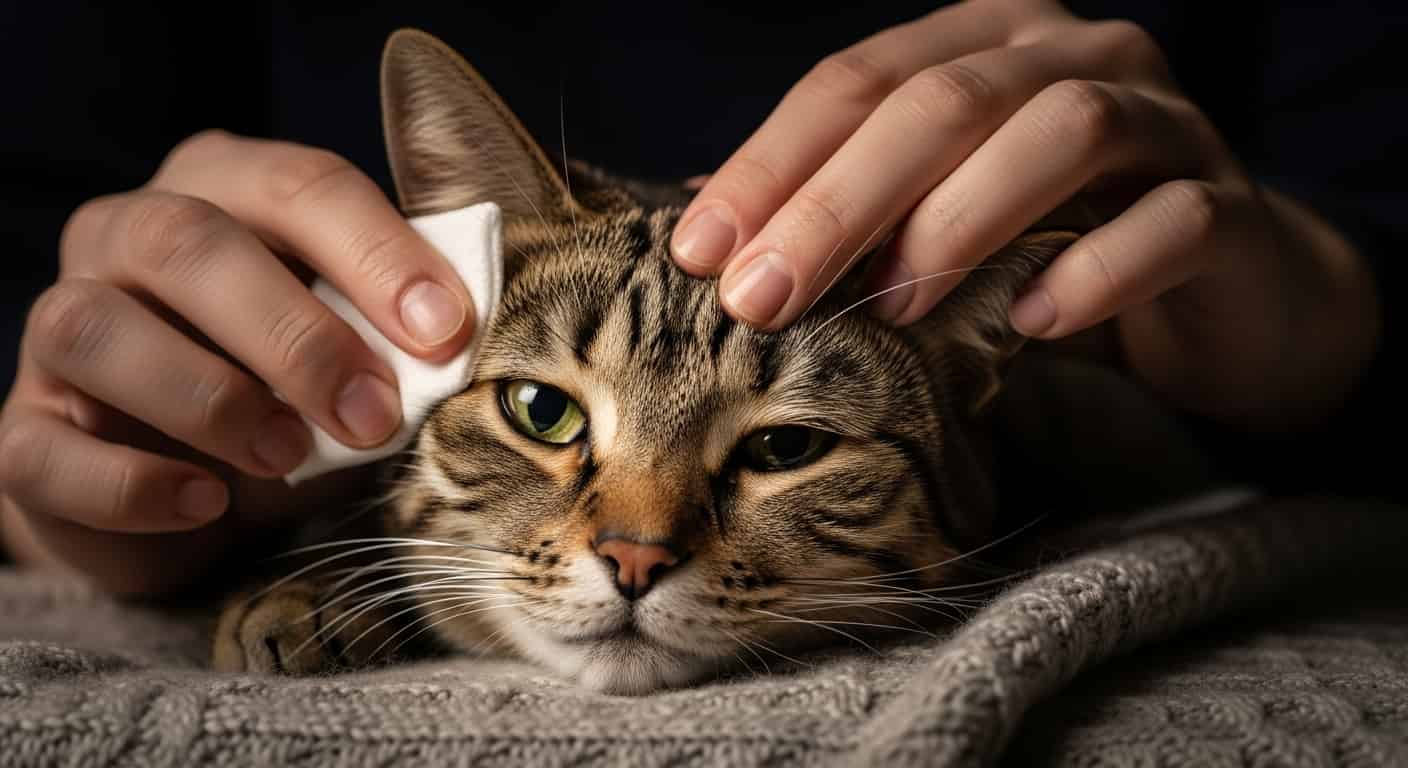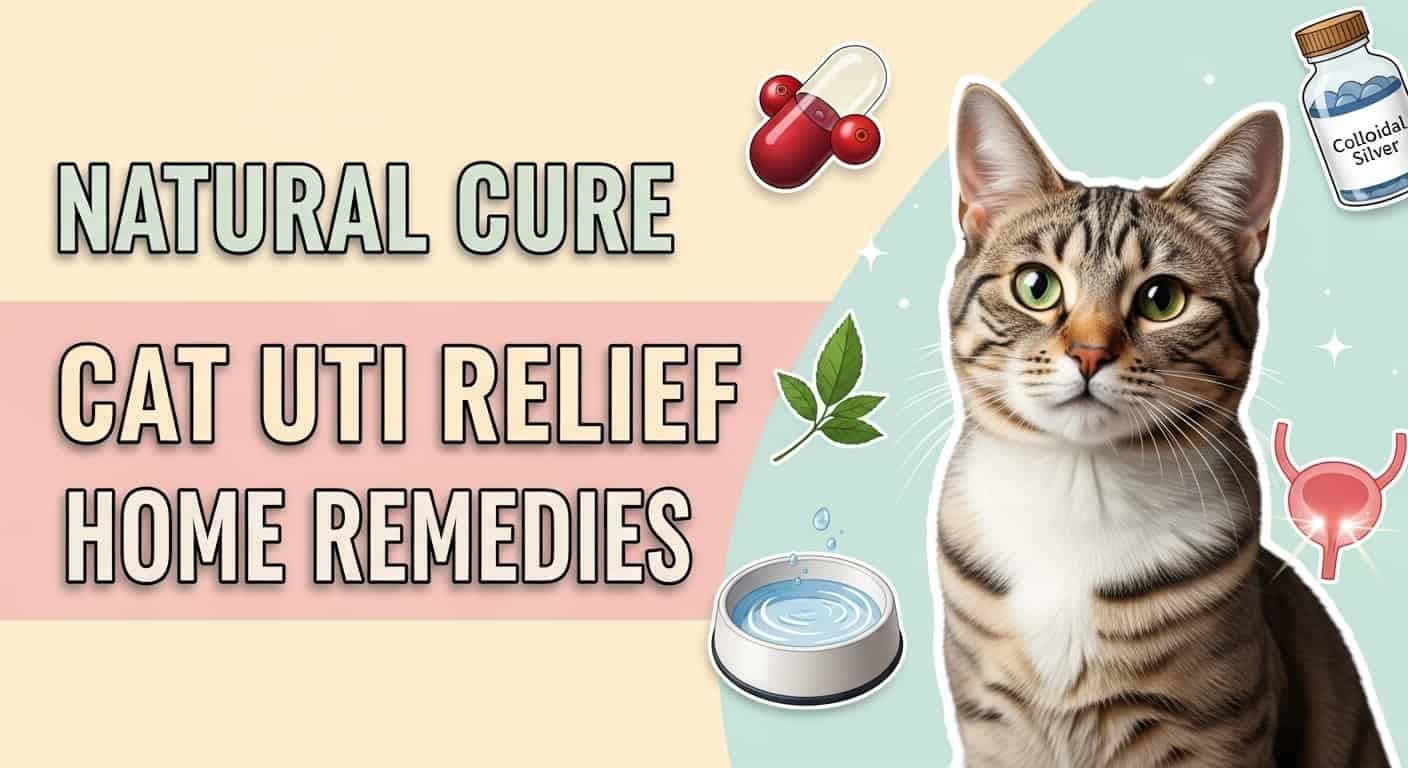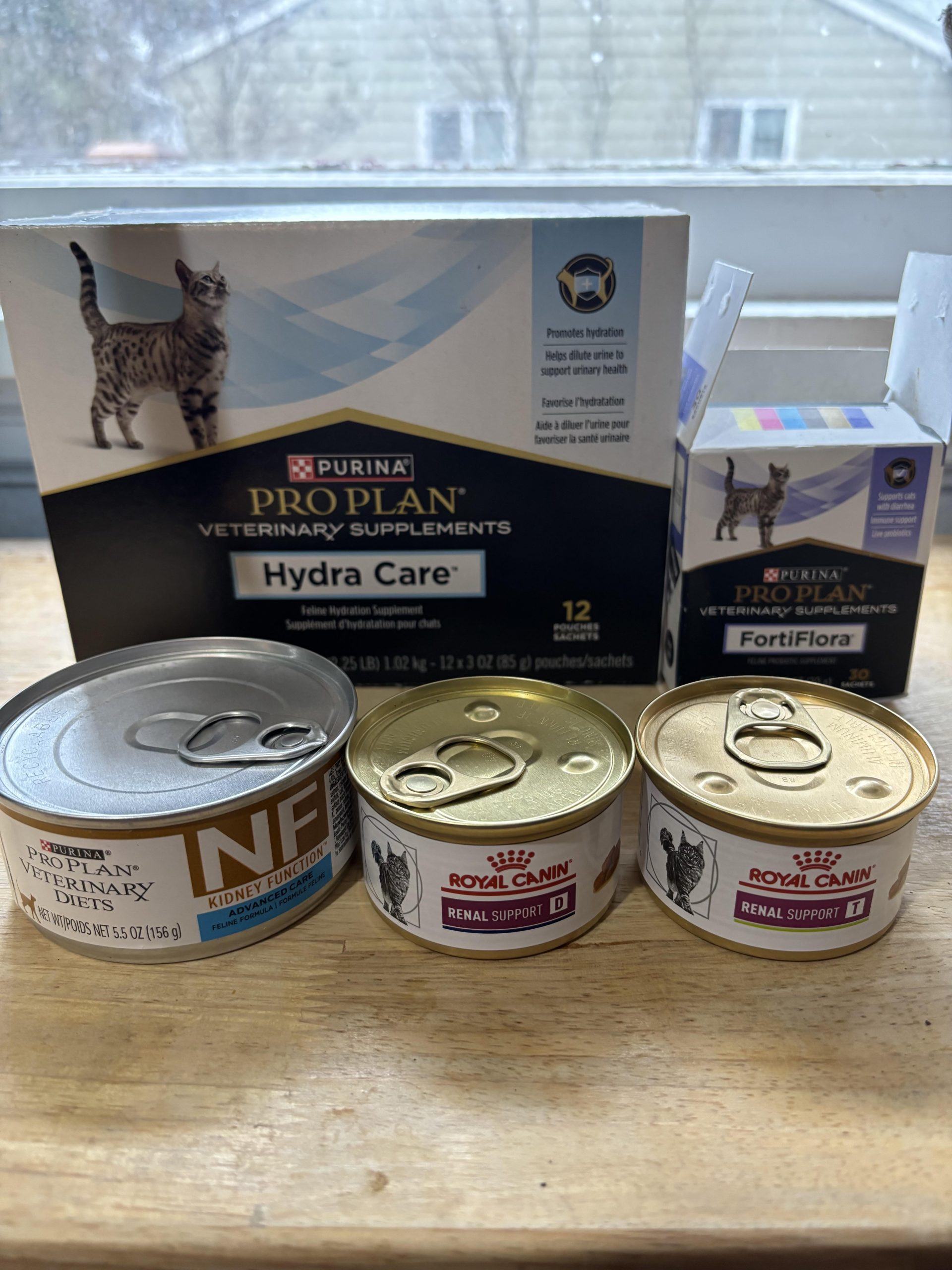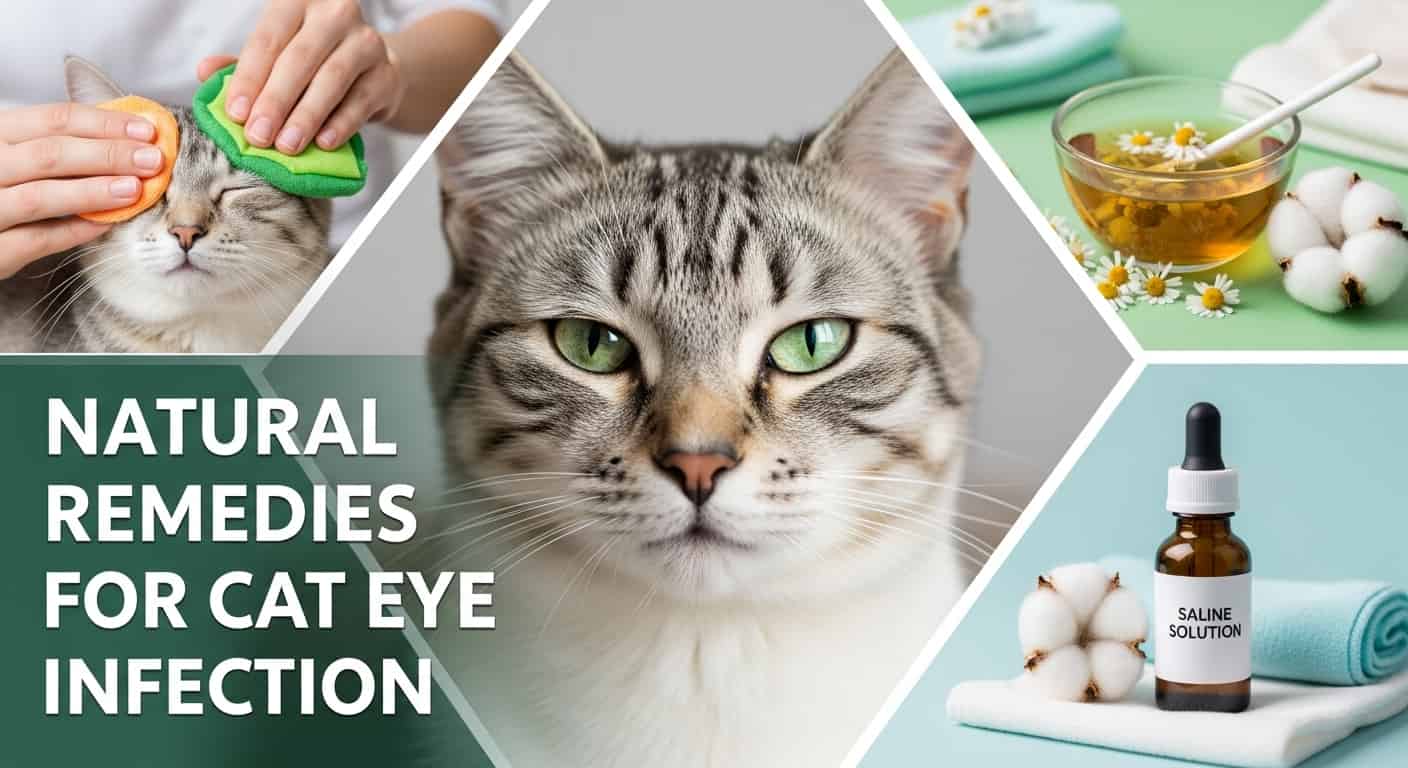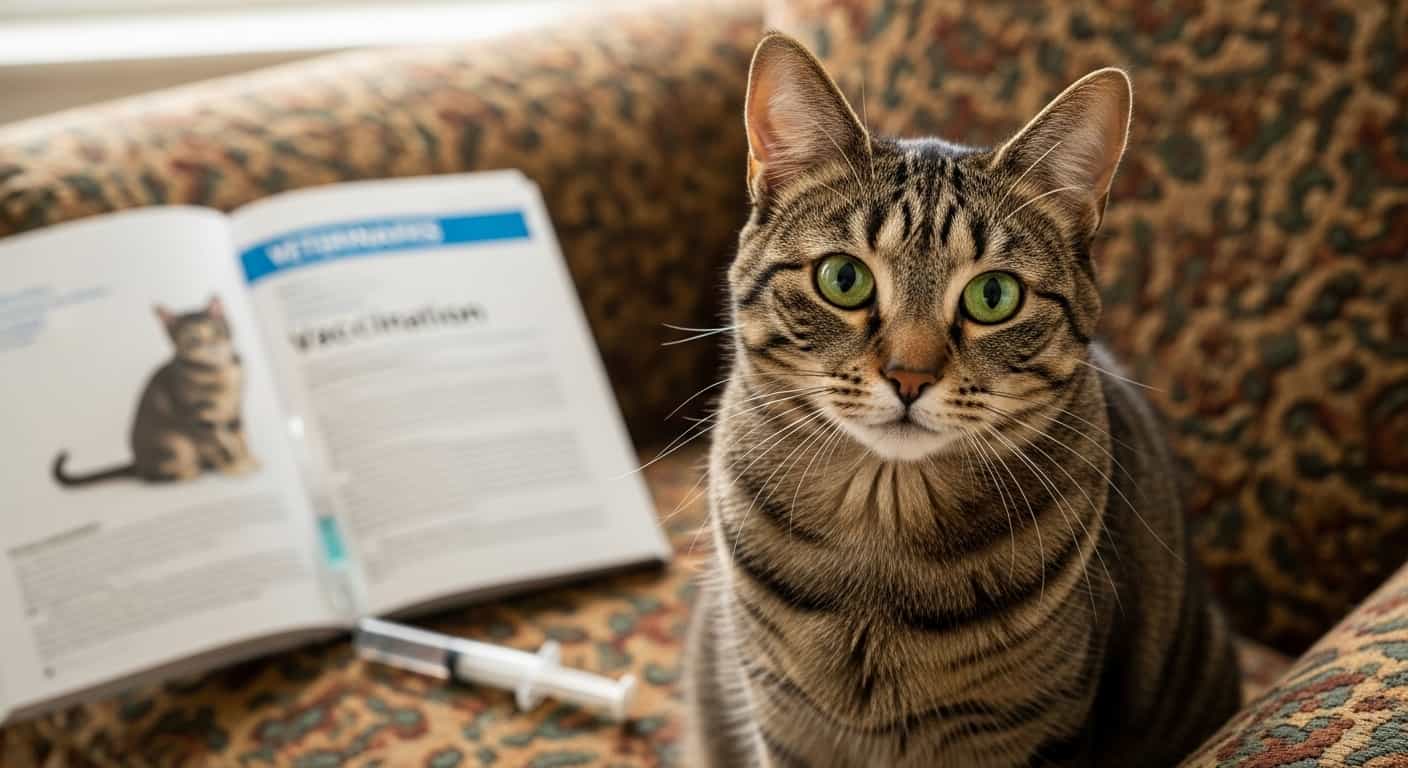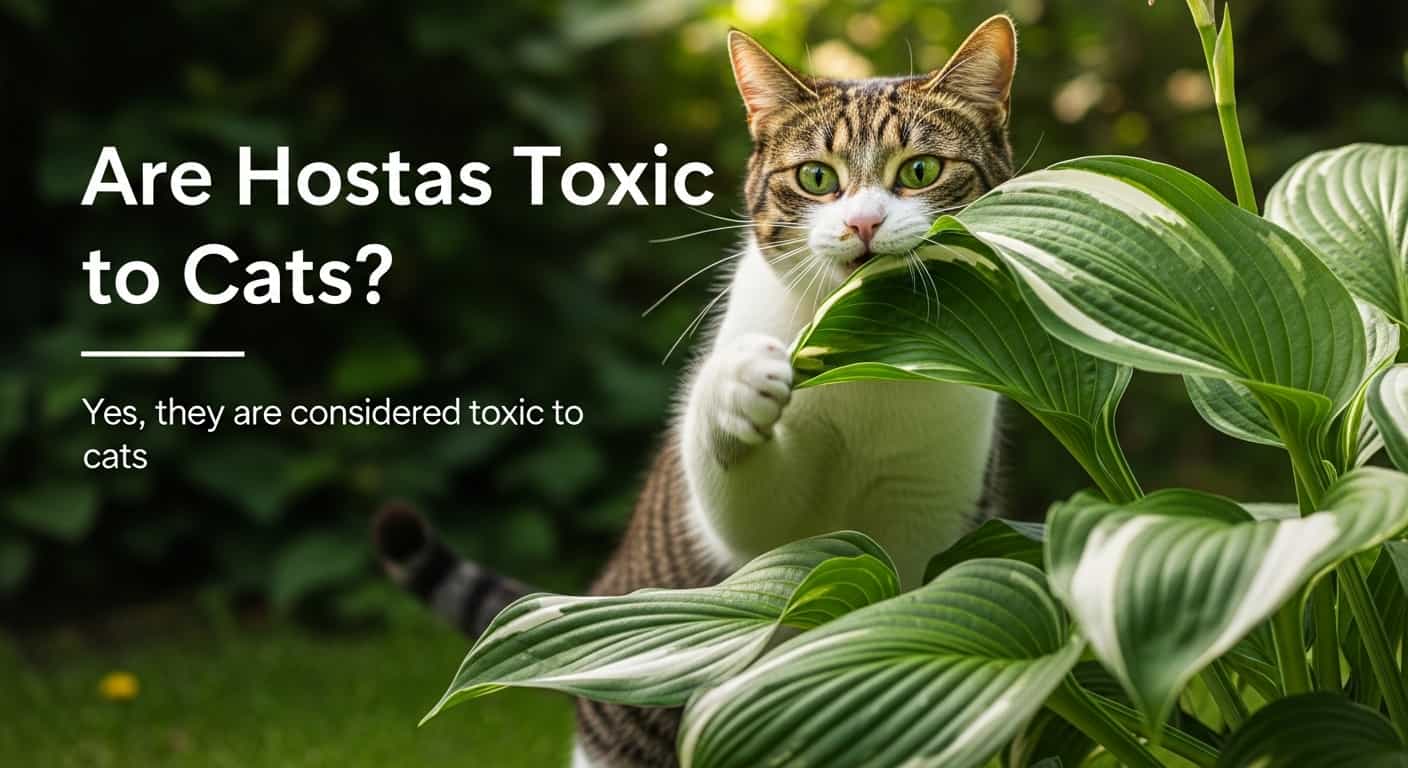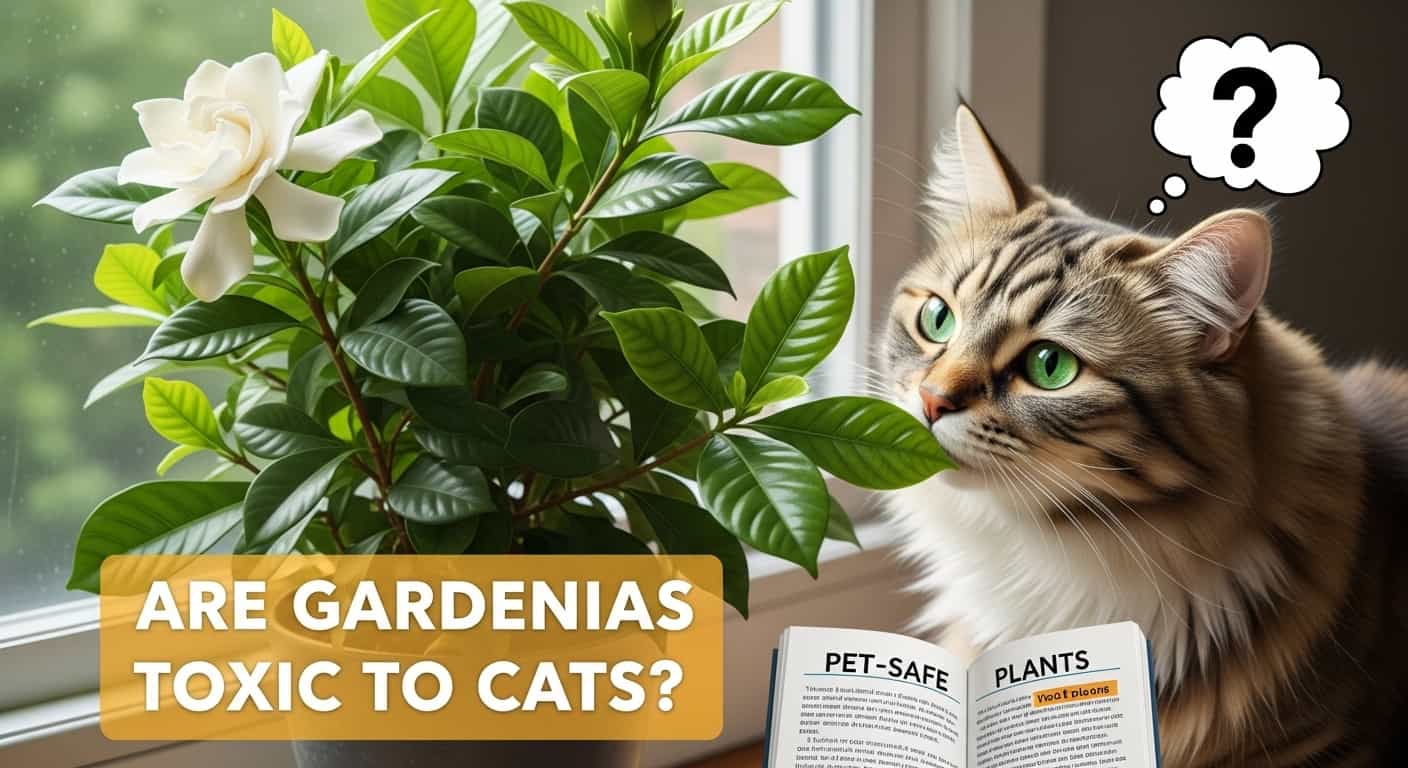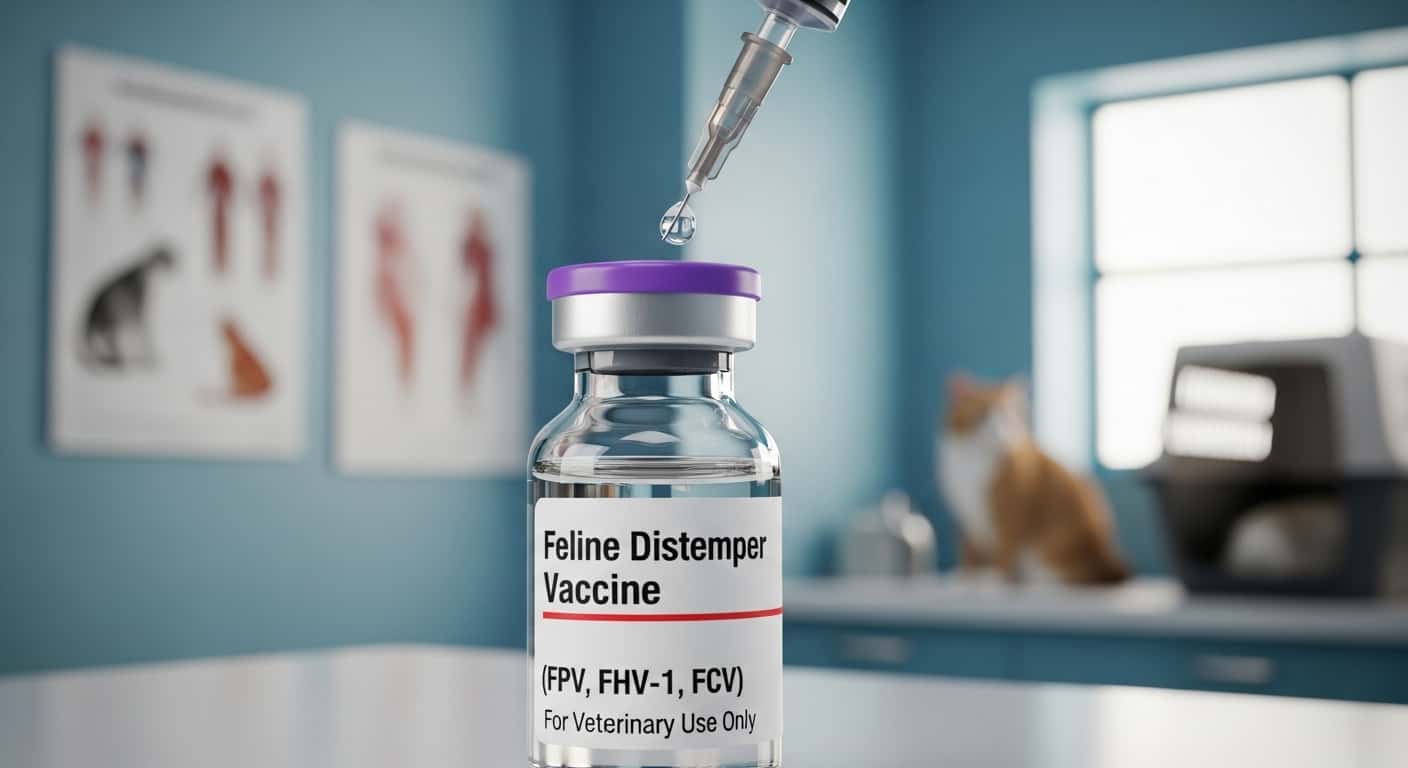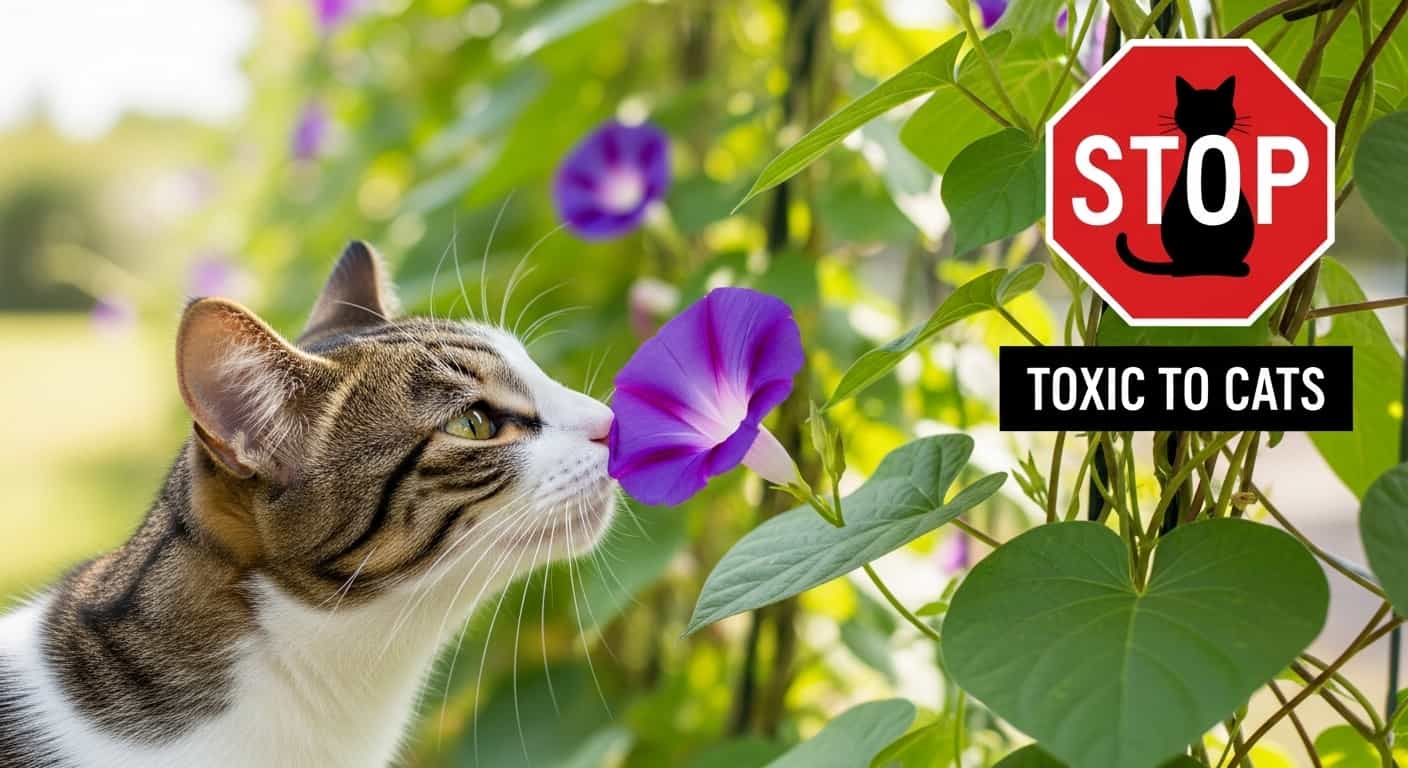Have you ever caught your curious cat sniffing around your garden? If you have azaleas in your backyard, you might wonder if these beautiful flowers pose any risk to your furry friend.
Table of Contents
ToggleAs a cat owner, your pet’s safety is your top priority, and understanding the potential hazards lurking in your environment is crucial. You wouldn’t want a moment of innocent exploration to turn into a health scare for your beloved pet.
So, what’s the real story with azaleas? Are they toxic to cats? Knowing the answer could mean the difference between a peaceful afternoon and an emergency vet visit. Keep reading to uncover the truth about azaleas and how they might affect your feline companion. Your cat’s well-being could depend on it!
Azaleas And Their Properties
Azaleas captivate with their vibrant blooms and lush foliage. These popular ornamental plants grace gardens and homes worldwide. Their beauty, however, conceals a hidden danger. Azaleas contain substances harmful to cats. These substances can cause serious health issues in pets. Understanding azaleas is crucial for pet safety. Let’s explore their common varieties and growth habits.
Common Varieties Of Azaleas
Azaleas belong to the Rhododendron family. They vary widely in color and size. Common varieties include the evergreen and deciduous types. Evergreen azaleas maintain foliage year-round. Deciduous azaleas shed leaves in winter. Both types offer stunning floral displays. Popular choices include the Encore and Southern Indica varieties. Each variety has unique characteristics and care needs.
Growth And Habitat
Azaleas thrive in temperate climates. They prefer well-drained, acidic soil. Partial shade suits them best, protecting from harsh sun. Gardeners often plant them in woodland settings. Azaleas grow well in containers too. This makes them versatile for various landscapes. Proper care promotes healthy growth and abundant blooms. Regular watering and pruning maintain their vitality. Knowing their habitat helps prevent accidental pet exposure.
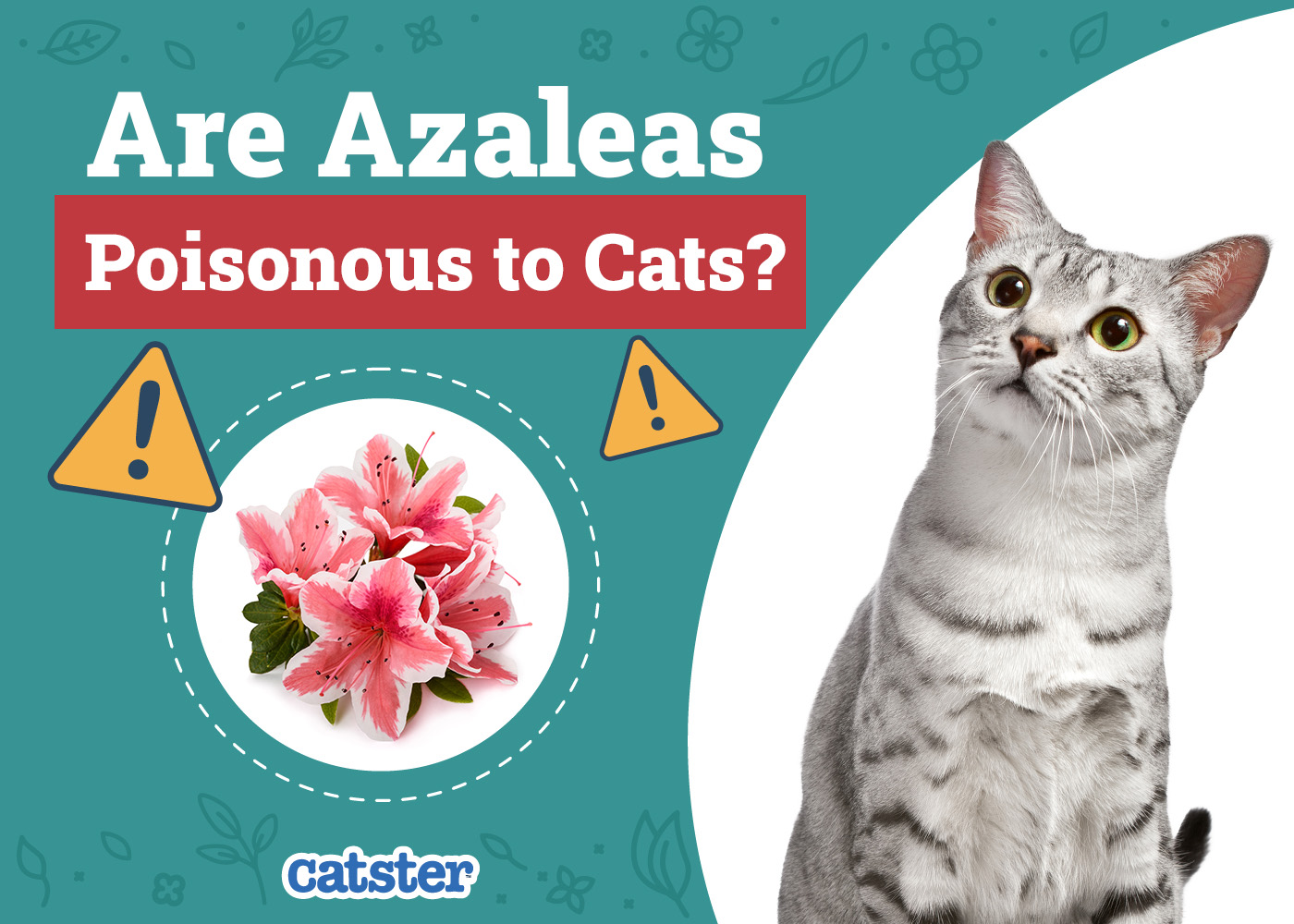
Credit: www.catster.com
Here's a related post that you might find useful. Cat Swollen Eye Treatment at Home: Easy Remedies for Quick Relief
Toxicity In Azaleas
Azaleas pose a danger to cats. These beautiful flowers contain toxins harmful to feline friends. Even small amounts can make them sick.
Azaleas are often admired for their vibrant blooms and are a popular choice in many gardens. However, while they beautify your outdoor space, they can pose serious risks to your feline friends. Understanding the toxicity in azaleas is crucial if you have cats roaming around your home or garden. Just like many cat owners, you may have been drawn to azaleas by their beauty, only to later discover their hidden dangers.Chemical Compounds In Azaleas
Azaleas contain a toxic chemical known as grayanotoxin. This compound affects the sodium channels in the body, disrupting normal cellular functions. Even a small ingestion of azalea leaves or flowers can be harmful to cats due to the potency of grayanotoxin.Effects On Cats
Cats that ingest azaleas may exhibit symptoms like drooling, vomiting, or diarrhea. These symptoms can escalate quickly, leading to more severe issues like tremors or even coma if not addressed. Imagine your beloved pet suddenly falling ill just because of a plant; it’s a scenario no pet owner wants to face.If you’re an avid gardener with a love for azaleas, consider the potential risks involved. Have you ever noticed your cat nibbling on plants? It might be time to rethink your garden choices. Keeping your cat safe means being informed and making conscious decisions about the plants you introduce into your environment.
Always have emergency contacts for your vet handy. Wouldn’t it be better to prevent the problem in the first place rather than deal with a crisis? By being proactive, you can enjoy the beauty of your garden without compromising your cat’s health.
Symptoms Of Azalea Poisoning
Azaleas are beautiful flowering plants that can brighten any garden. However, if you have a cat, these plants can pose a serious health risk. Azaleas contain toxins that can be harmful to cats if ingested. Understanding the symptoms of azalea poisoning can help you act quickly and protect your furry friend.
Here's a related post that you might find useful. Natural Cure for Cat Bladder Infection: Effective Remedies That Work
Early Signs
When a cat ingests azaleas, you might notice subtle changes at first. Look out for your cat drooling excessively or refusing to eat. These are often the first signs something is wrong. You might also see them vomiting, which can be distressing for both of you.
Pay attention to any unusual behavior. Are they more lethargic than usual? Maybe they’re hiding away, avoiding interaction. These early signs can be easy to miss, especially if your cat is usually independent.
Severe Reactions
If the poisoning progresses, the symptoms can become more serious. Your cat might experience tremors or even seizures. It’s a frightening experience that requires immediate attention.
Observe their heart rate. Azalea poisoning can cause a dangerously slow heart rate. If your cat seems weak or collapses, it’s crucial to get them to a vet right away.
Have you ever noticed your cat behaving unusually after a garden visit? It could be worth checking if azaleas are the culprit. Knowing these symptoms can make all the difference in getting timely help.
Keeping your garden safe for your pets doesn’t mean sacrificing beauty. Consider planting non-toxic alternatives that are just as vibrant. This way, you can enjoy your garden without worry.
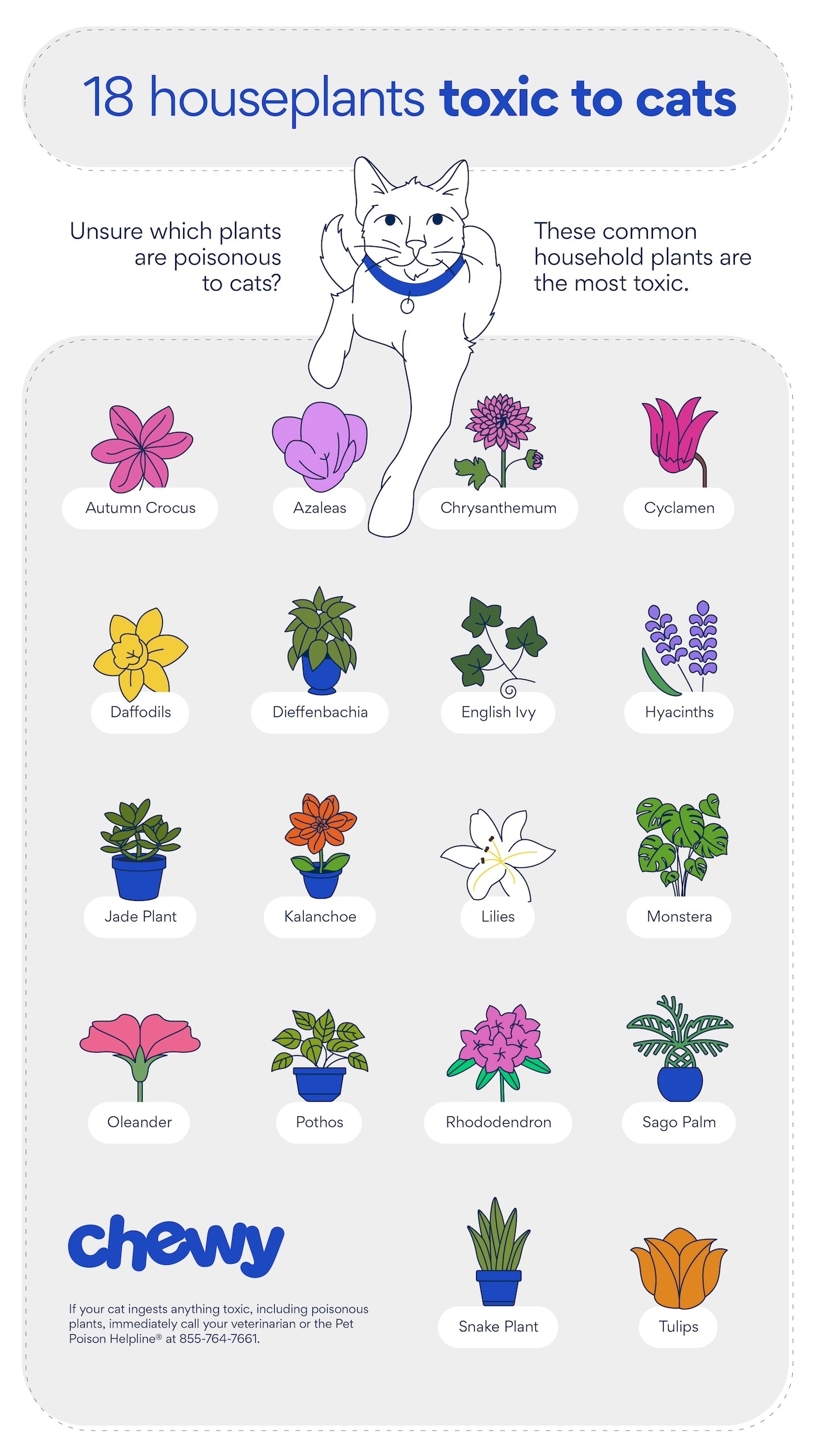
Credit: www.chewy.com
Immediate Actions For Poisoning
Azaleas, with their vibrant blooms, pose a hidden danger to cats. Cats that ingest azaleas may experience serious health issues. It’s essential to act swiftly if your cat shows signs of poisoning. Recognizing symptoms and knowing the right steps can save your pet’s life. Understand what immediate actions are necessary to ensure your cat’s safety.
First Aid For Cats
Begin by removing any remaining plant material from your cat’s mouth. Rinse their mouth gently with water to clear toxins. Keep your cat calm and comfortable during this process. Avoid inducing vomiting without professional advice. Inducing vomiting may cause more harm than good. Secure your cat in a safe area to prevent further exposure.
When To Contact A Vet
Contact a veterinarian immediately if poisoning is suspected. Describe your cat’s symptoms clearly to the vet. Provide details about the plant your cat ingested. Quick communication can be crucial for effective treatment. The vet may instruct you on further steps over the phone. Follow their guidance closely to ensure your cat’s well-being.
Preventing Exposure To Azaleas
Azaleas pose a risk to cats due to their toxic nature. Even small amounts can cause serious health issues. Keeping cats away from azaleas can prevent harmful exposure and protect their well-being.
Preventing exposure to azaleas is essential for cat owners. Azaleas are beautiful but toxic to cats. They contain grayanotoxins, which can harm our feline friends. Protecting them requires careful planning and vigilance.Safe Gardening Practices
Create a cat-friendly garden by choosing safe plants. Avoid azaleas and other toxic flora. Opt for non-toxic flowers and shrubs. Research plant safety before purchasing. Place potentially harmful plants out of reach. Use fences or barriers to separate cats from danger zones. Monitor your garden’s layout regularly. Ensure safety measures remain effective. Check for any new risks or growth.Indoor Plant Safety
Indoor plants can pose risks too. Keep azaleas and toxic plants out of your home. Opt for pet-safe indoor plants like spider plants. Place plants on high shelves or hang them. Use plant stands to elevate greenery. Educate family members on plant safety. Encourage them to avoid buying dangerous plants. Regularly inspect your home for plant debris. Clean up fallen leaves or flowers promptly. This reduces the risk of ingestion.Alternatives To Azaleas
Azaleas are beautiful but can be dangerous for cats. Their toxic nature makes them unsuitable for households with pets. Thankfully, there are many safe and attractive alternatives to azaleas. These options ensure your cat stays safe while your garden remains vibrant.
Cat-friendly Plants
Cats love exploring and may nibble on plants. Choosing cat-friendly plants is crucial for their safety. Catnip is a favorite among felines. It’s safe and stimulates playful behavior. Spider plants are another great choice. They are non-toxic and easy to maintain. Boston ferns add greenery without harm. They thrive indoors and outdoors.
Non-toxic Floral Options
Flowers brighten spaces but need to be safe for pets. Consider African violets for indoor beauty. They bloom in various colors and are safe for cats. Marigolds are vibrant and non-toxic. They add a splash of color to gardens. Orchids are elegant and safe for indoor decoration. Their exotic blooms elevate home aesthetics.
Resources For Pet Owners
Understanding the risks azaleas pose to cats is important for pet owners. Cats are curious creatures. They often explore their surroundings with their mouths. Azaleas can be toxic if ingested by cats, leading to serious health issues. Fortunately, there are many resources available to help pet owners keep their cats safe and healthy.
Helplines And Support
Pet owners should keep emergency helpline numbers handy. The ASPCA Animal Poison Control Center is a reliable resource. It offers 24/7 support for pet poison emergencies. Another helpful contact is the Pet Poison Helpline. Both services provide expert advice on handling azalea poisoning in cats. Quick action can save a pet’s life.
Educational Materials
Many websites offer educational materials for pet safety. The ASPCA website has a comprehensive list of toxic plants. It includes detailed information about azaleas and their effects on pets. PetMD and other veterinary sites also provide valuable insights. They guide on preventing and managing plant-related poisoning.
Brochures and guides are available at local vet clinics. They often provide easy-to-understand information about common toxic plants. These resources can be a lifesaver for pet owners. Understanding the dangers helps in creating a safer environment for cats. A little knowledge goes a long way in ensuring pet safety.
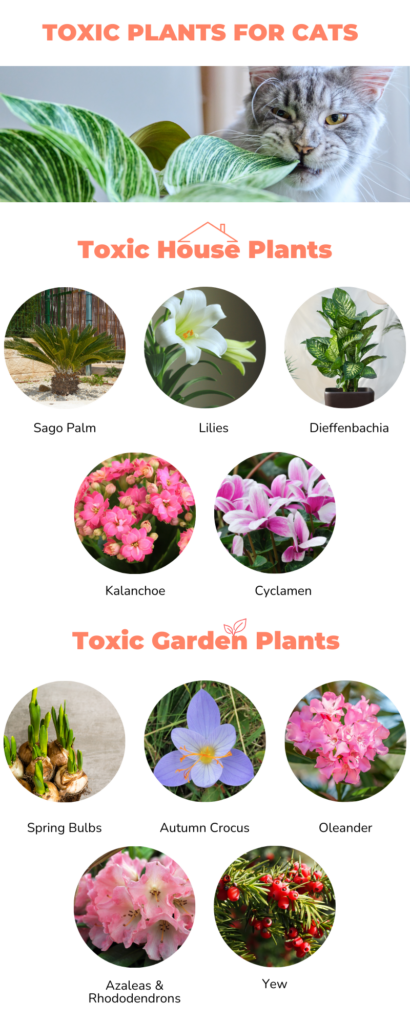
Credit: www.readivet.com
Frequently Asked Questions
Are Azaleas Harmful To Cats?
Yes, azaleas are toxic to cats. Ingesting any part of the plant can lead to serious health issues. Symptoms include vomiting, diarrhea, and weakness. Immediate veterinary care is crucial if your cat consumes azaleas. Always keep azaleas out of reach to ensure your pet’s safety.
What Happens If A Cat Eats Azaleas?
If a cat eats azaleas, it may experience severe symptoms. These include drooling, vomiting, and abdominal pain. Azalea ingestion can also lead to heart issues and tremors. Immediate veterinary intervention is necessary. Quick action can prevent serious complications and ensure your cat’s recovery.
How Much Azalea Is Toxic To Cats?
Even a small amount of azalea can be toxic to cats. Just a few leaves can cause severe symptoms. The severity depends on the cat’s size and health. Always prevent access to azaleas to avoid accidental ingestion. Seek veterinary care promptly if exposure occurs.
How To Treat Azalea Poisoning In Cats?
Immediate veterinary care is essential for treating azalea poisoning in cats. The vet may induce vomiting or administer activated charcoal. Supportive care, such as fluids, may be needed. Early treatment improves recovery chances. Always follow the vet’s advice for the best outcome.
Conclusion
Azaleas can be dangerous for cats. Their leaves and flowers are toxic. Cats may suffer serious health issues if ingested. Always keep these plants out of your cat’s reach. Consider safer alternatives for your home and garden. Monitor your cat’s behavior around plants.
Watch for signs of poisoning like vomiting or drooling. Seek immediate veterinary help if you suspect poisoning. Keep your home safe for your furry friend. Awareness is key to preventing accidental ingestion. Protect your cat by making informed plant choices.
Your cat’s health and safety should always come first.



